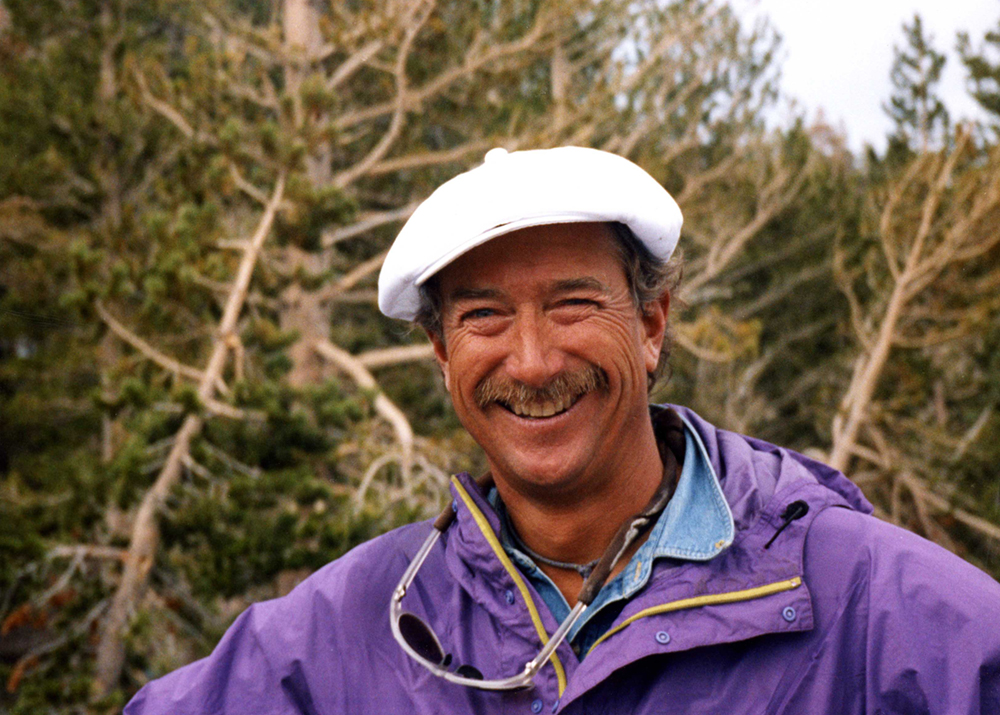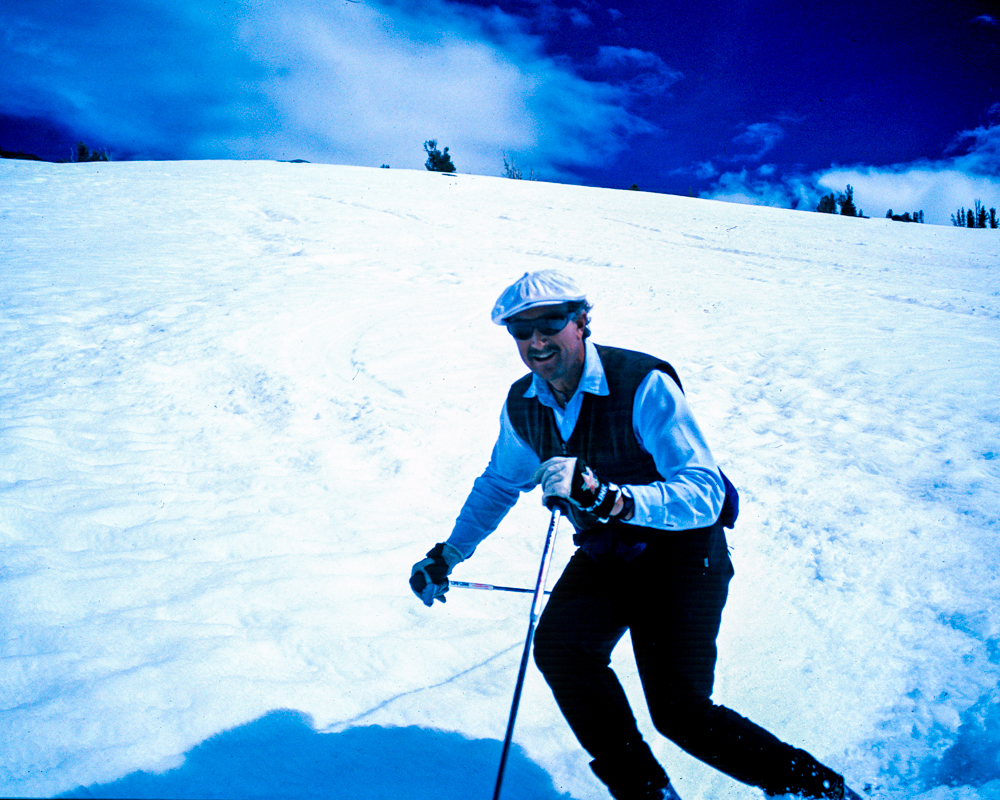I was a city kid. I didn’t grow up in the mountains or out in the countryside. I didn’t even ski in those days. But I have always been connected to wild places. On days in the big city that the wind blew and the rain fell, days that were filled with dreary clouds my instinctual thoughts turned to higher elevations and more precipitous terrain. In the wilds inclement weather wasn’t a problem that city folk dreaded, it instead gave the mountain experience a more exotic texture. “Full conditions” are as much a part of the mountains as shear granite peaks, tall trees, high alpine lakes and grand timberline vistas. What some might call bad weather is the most rudimentary tool that sculpts mountains into their cathedral shapes and smoothes canyon walls into slick monolithic forms. Watching mother nature in all her meteorological fury somehow connected me to a life I could not have foreseen. I knew in my heart, even then, that I would somehow make my pilgrimage and that I would come home to the Promised Land.
There is a lure to the mountains and the backcountry that is like the magnetic draw of the Promised Land to a wandering pilgrim. I feel like one of the chosen few because I have found the Promised Land and I live there.
The other day on our way home from work at Mammoth Mountain my partner Kurt Stolzenburg and I were talking about just what lucky lads we were to live in the incredible place that we do. I argued that luck had nothing to do with it. This was a homesteading maneuver made by design and considerable fortitude, not luck. He agreed and just at that moment we crested the top of the Sherwin Grade and began our descent down into the sleepy hamlet of Bishop. The view of Bishop and the Owens Valley from Sherwin Summit is grand on the grandest of scales. It is a vista that I shall never tire of winter or summer. There below us was the verdant basin were we made our home nestled between the mighty Sierra and the lofty White Mountains, two gigantic snow cloaked craggy bookends that stretched a hundred miles south. This place is such a land of contrasts the mild weather perfumed with the scent of high desert sage lying in stark relief to a vast array of mountains that are Alaskan in scale. It is the deepest valley in North America, made so, not so much by the lowness of the valley floor, but by the 10,000 feet of towering summits that line either side of this majestic landscape. We just stared out at the view, in awe that we actually resided in this wonderland. Almost in unison we chanted, “Behold the Promised Land”.
An old high school chum of mine once asked me, “If money was no object and you could live anywhere in the world you wanted, where would you live?” I answered promptly, “I already live there!” What more could a man like me want? In summer the climbing on firm Sierra granite is the best there is in the world. The lakes and streams and peaks and meadows blanketed in wildflowers are breathtaking. Few mountains, if any, compare. This is John Muir country. In winter and spring a deep Sierra snowpack turns this summer playground into an even larger and more incredible playing field. The joys of walking through the Range of Light become mundane when skis are attached to feet and plodding magically transforms into that whimsical flying feeling of sliding on snow. Life becomes a dance in dry Great Basin powder, keeping time until spring when the Sierra corn snow turns this incredible terrain into the best skiing in the known universe. The Almighty seems to smile continuously on this part of the world.
I make no excuse for my great love and devotion for this range. I am a man smitten and like being in love with a beautiful woman I see no other beauty that equals it. But in all matters of the heart there are many perfect matches. I know that the Promised Land comes in many shapes and sizes. I have friends in the Adirondaks and the Green Mountains, in the Colorado Rockies, the Tetons, the Sawtooths, and the Cascades, who are all completely devoted to the object of their affection. May these marriages of skiers and mountain ranges, of skis and snow, be as long and fruitful and passionate as my own. Mine is a mating for life.
A friend and fellow ski instructor, Andrew Crane always sends me a card at Christmas with the same message – keep the dream alive. What he means is don’t give up Bardini. Don’t succumb and follow the path of chasing a buck at the expense of giving up the dream. I am poor by many standards. But in matters of the heart and soul, in a life enriched by true friends and fantastic mountain experiences I am to be counted among the wealthiest people in the world.
The indigenous Great Basin people are the Paiute Indians. I have only a few Paiute friends. They are incredible people. Like many aboriginal cultures they have an intuition that speaks to being one with the land for a long time. Paiutes never ask where you live, instead they ask where you stay. The difference is subtle but noteworthy. We live in the great wide wonderful world, but we stay in our houses. I live in the Promised Land, but I stay on Sierra Street in Bishop, California. We would all do well to keep this important distinction in the forefront of our thinking. I say that to go skiing in the backcountry is one of the unique joys of living, no matter where you stay. Skiing in the great snowy outback to me is life. Don’t just stay somewhere, go my friends and live, live the joys of skiing in the Promised Land.
Allan “Bardini” Bard


